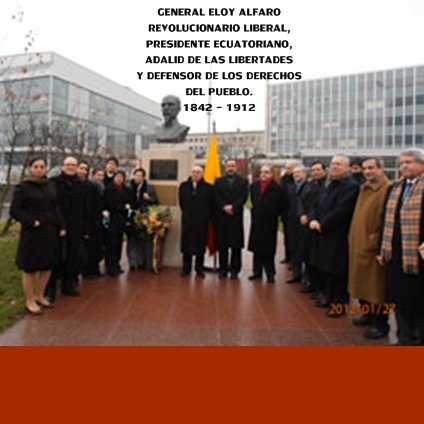Contenidos
El diario manabita libre pensamiento
the extra ecuador
Gender studies in the province of Manabí-Ecuador are almost non-existent and scarcely raised in the social and political spheres of the region, consequently, the discussion, in itself limited, falls on discourses and practices encrypted in sexist structures that reproduce messages about their social representations in that province. Therefore, symbols and discourses are analyzed in order to know this reality, from the perspective of a group of inhabitants directly and indirectly connected to the context. A qualitative methodology is applied with ethnographic tools based on interviews and image analysis. The symbolic representations show us stereotypes and roles internalized in unequal and violent practices, in a population strongly embraced to the cultural identity of its people, in which the masculine power over the feminine is naturalized.
Gender studies in the province of Manabí- Ecuador, are almost nonexistent and scarcely raised in the social and political arenas of the region. Consequently, the discussion, which is limited in itself, falls on speeches and practices encrypted in sexist structures, reproducing messages about their social representations in that province. Therefore, the symbols and speeches are analyzed to know that reality, from the perspective of a group of inhabitants directly and indirectly connected as the context. A qualitative methodology is applied with ethnographic tools based on interviews and image analysis. The symbolic representations show us stereotypes and internalized roles in unequal and violent practices, in a population strongly embraced by the cultural identity of their people, in which the masculine power over the feminine is naturalized.
El diario manabita libre pensamiento online
manabí newspapers
See listMovimiento PAIS Partido Socialista-Frente Amplio Ciudadanos NUEVO PAIS Acción Democrática Nacional Iniciativa Ciudadana Movimiento Ciudadano por la Nueva Democracia Amauta Jatari Alianza Bolivariana Alfarista Poder Ciudadano PTE Alternativa Democrática
Alianza PAIS (PAIS), officially Movimiento Alianza PAIS – Patria Altiva i Soberana, is an Ecuadorian political movement originally founded with a left-wing orientation, and which served as a political organization of the so-called Citizen Revolution promoted by former President Rafael Correa following the ideologies of Bolivarianism and socialism of the 21st century; but since 2017, under the leadership of Lenín Moreno, it seeks to rescue the “founding principles” of the Ecuadorian political process and bets on what Moreno considers a modern and inclusive socialism different from that of the 20th century. [15][16][17][4]
The party’s official leadership is vacant following Moreno’s expulsion from the party. The first vice president is Ana Belén Marín, her second vice president is Patricio Barriga, her third vice president is Ricardo Zambrano, assemblyman for Manabí, and Gustavo Baroja serves as Executive Secretary.
the commerce
In the millennium preceding the arrival of the Spanish, the inhabitants of today’s Ecuador produced enormous quantities of shell beads to meet the demands of their elites and those of their more powerful neighbors to the south. Based on an analysis and interpretation of several accumulations of shell bead preforms found in Earthmound J4 at Japotó, an archaeological habitation site of the Integration Period (AD 800-1535), we discuss several hypotheses concerning the production system that resulted in these beads.
5Mound J4 is located in the northeastern sector of the site which, as we have said, is the place where the excavations were centered. Its height above the nearby estuary is 3.5 m, it is oval in shape and has a flat top.
9Feature 4 consisted of an accumulation of 1335 shell bead preforms, at different stages within the manufacturing process (fig. 2a), whose arrangement on the ground indicated that they were found together inside a container, bag, mate, basket or similar, of perishable material and rounded shape. Ten percent (131) of the preforms were visible on the surface, and were scattered over an area of 1 m in diameter. Thereafter, the radius of occurrence was decreasing, with 81 (6%) collected in the first 15 cm of excavation. Between 23 and 30 cm deep, a circular stain of 30 cm radius was clearly visible on the ground, consisting of gray, dark and loose soil, possibly the result of the decomposition of the possible container (Fig. 1a). In these 7 cm the bulk of the preforms, 1077 (80%), were grouped. In the next 5 cm, 52 (4%) preforms were still recovered. From this it is possible to deduce that the preforms were deposited on the ground inside a container, which kept them grouped together and that during the taphonomic process this was destroyed and part of the preforms were brought to the surface by the action of plant roots, rainfall and others, keeping most of them in situ.







